The Electrification of the Subway

By 1923 Glasgow Corporation Transport (GCT) were in talks with the Glasgow District Subway Company (GDS) about buying out the Subway. At the same time GCT were looking into the possibilities of electrification of the network, the preferred choice of the tramway department, where both services were to be merged. The new service would be served from the Pinkston Power Station and served from the existing distribution and sub-stations.
To achieve electrification four ideas were suggested
No1 Adding a motor bogie to the front of the Gripper Coaches
No2 Using a power car
No3 Extending the length of Gripper Coaches and adding motor and control equipment
No4 Building new power coaches
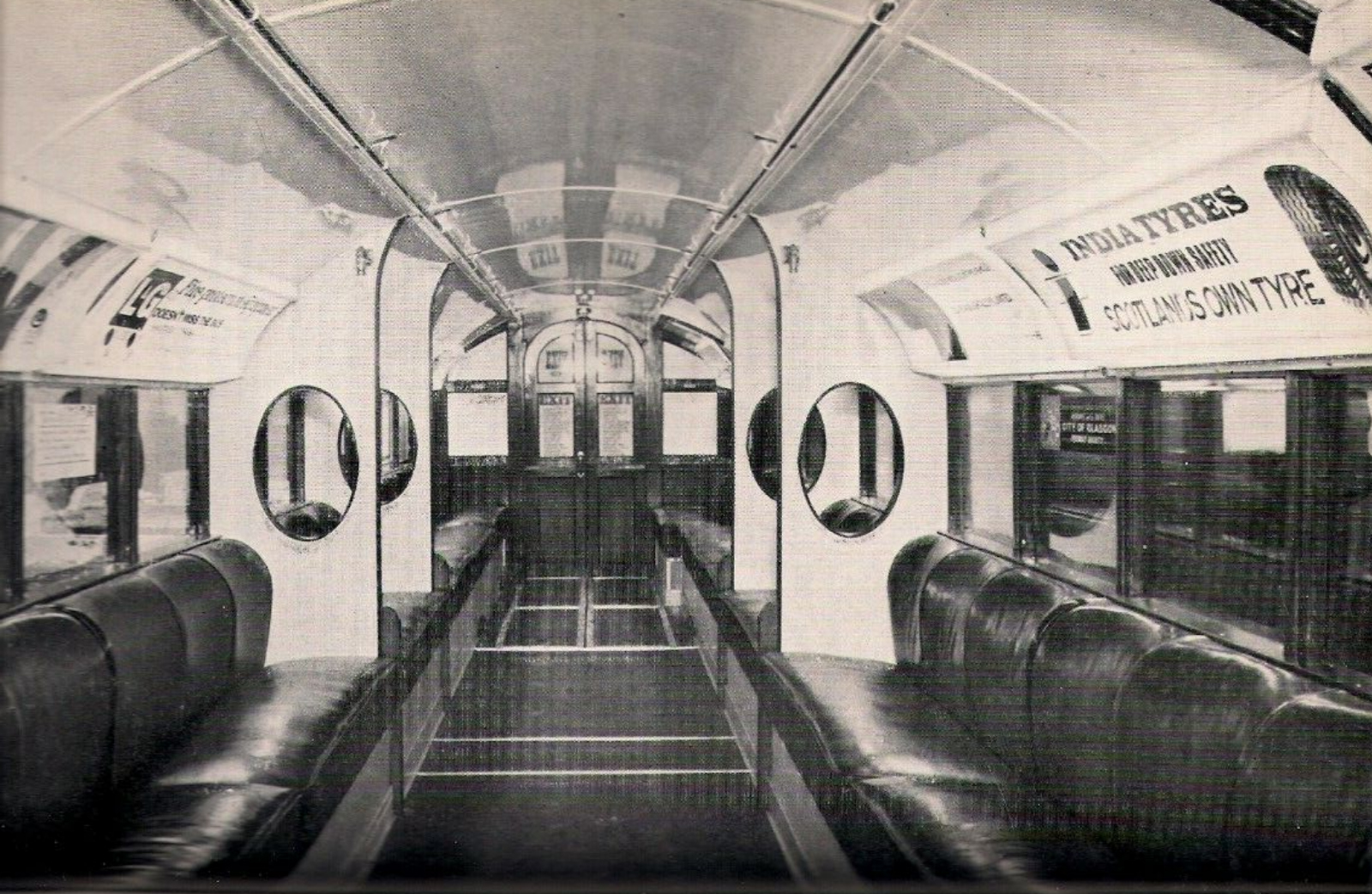
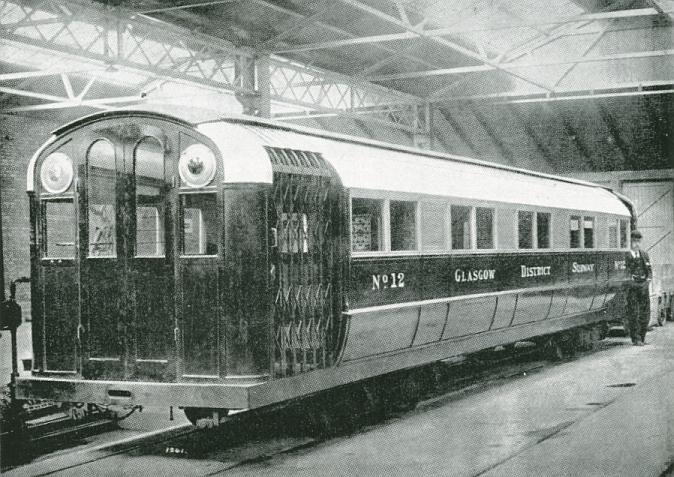
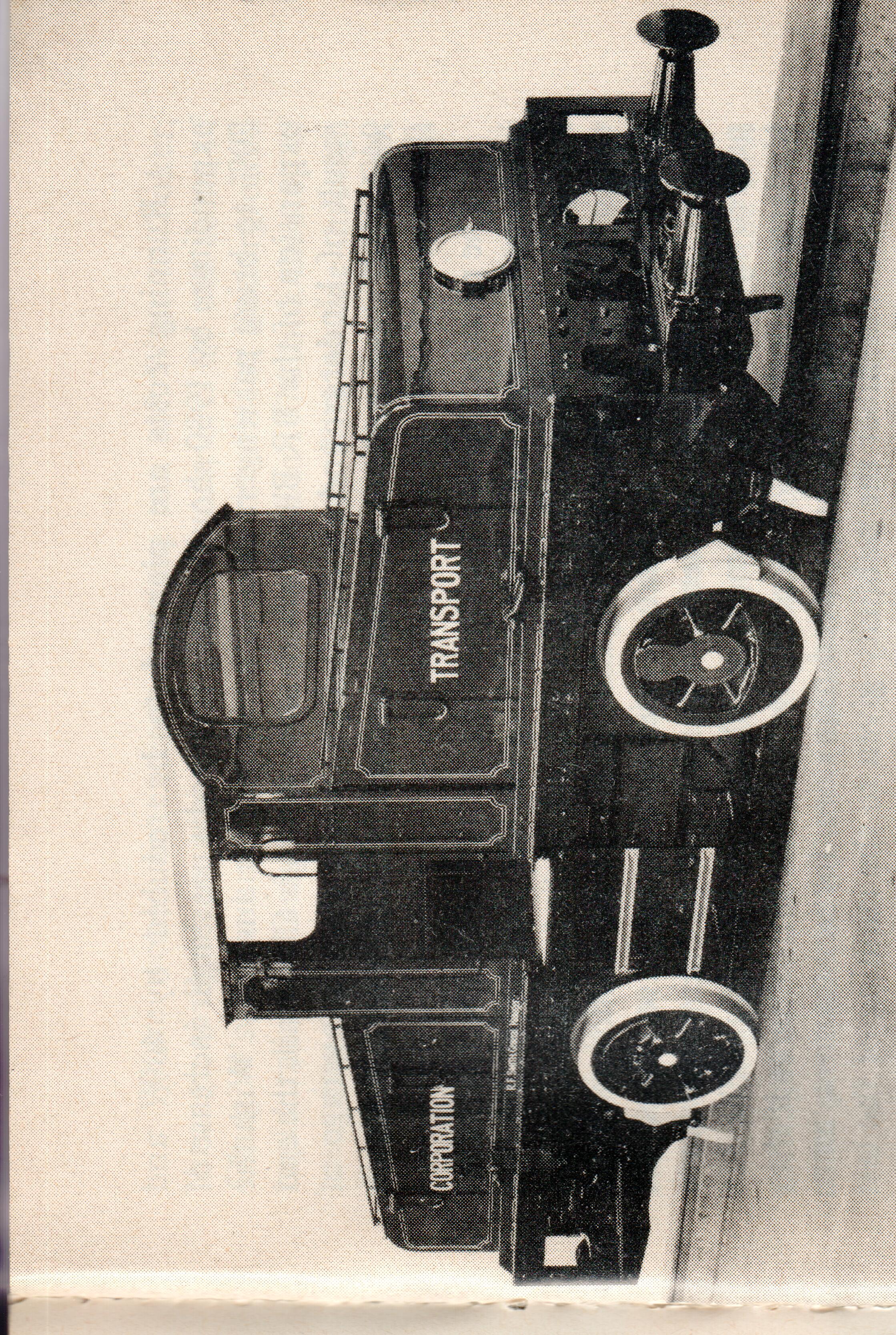
By 1924 it was suggested that a 3rd rail could be incorporated into the existing track layout. That would allow work to start when the system closed at night with trains still able to run during the day. It was not until 1931 when a transport department was established to investigate the subway electrification facilities of the 1924 3rd rail suggestion, considered and approved. Approval was given for a test section of track between Merkland Street and Govan Cross Stations to be completed on the Inner Circle of track
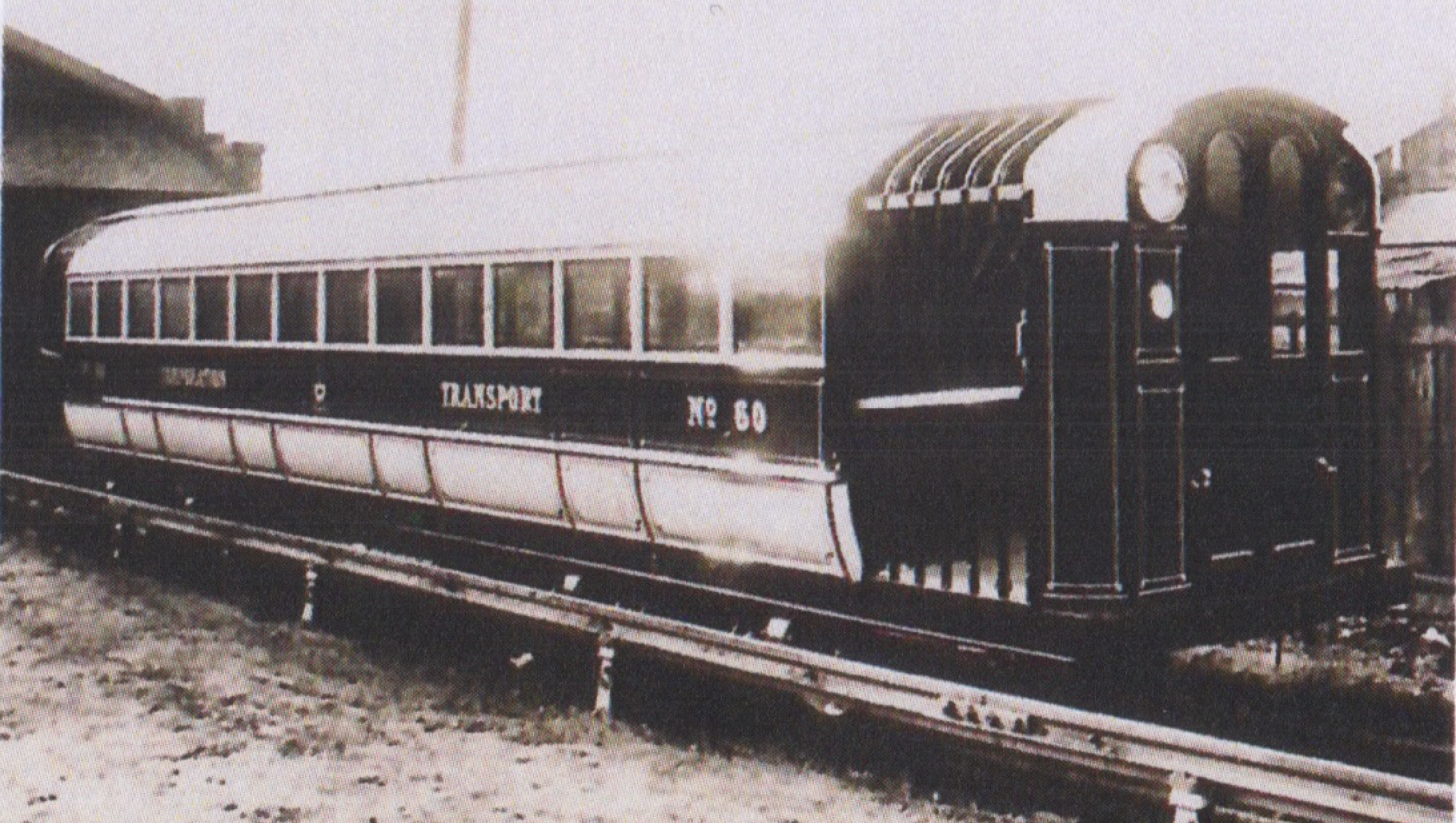
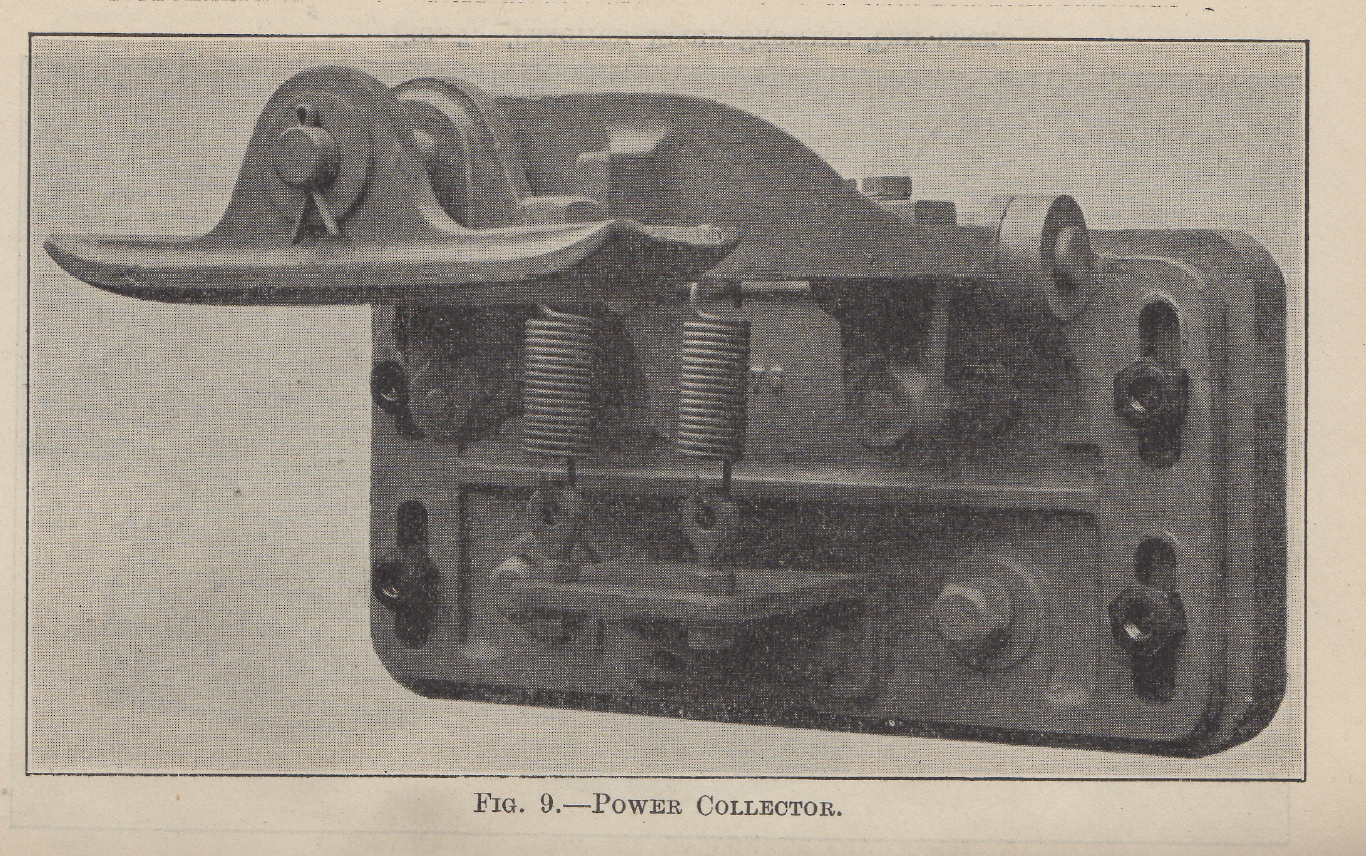
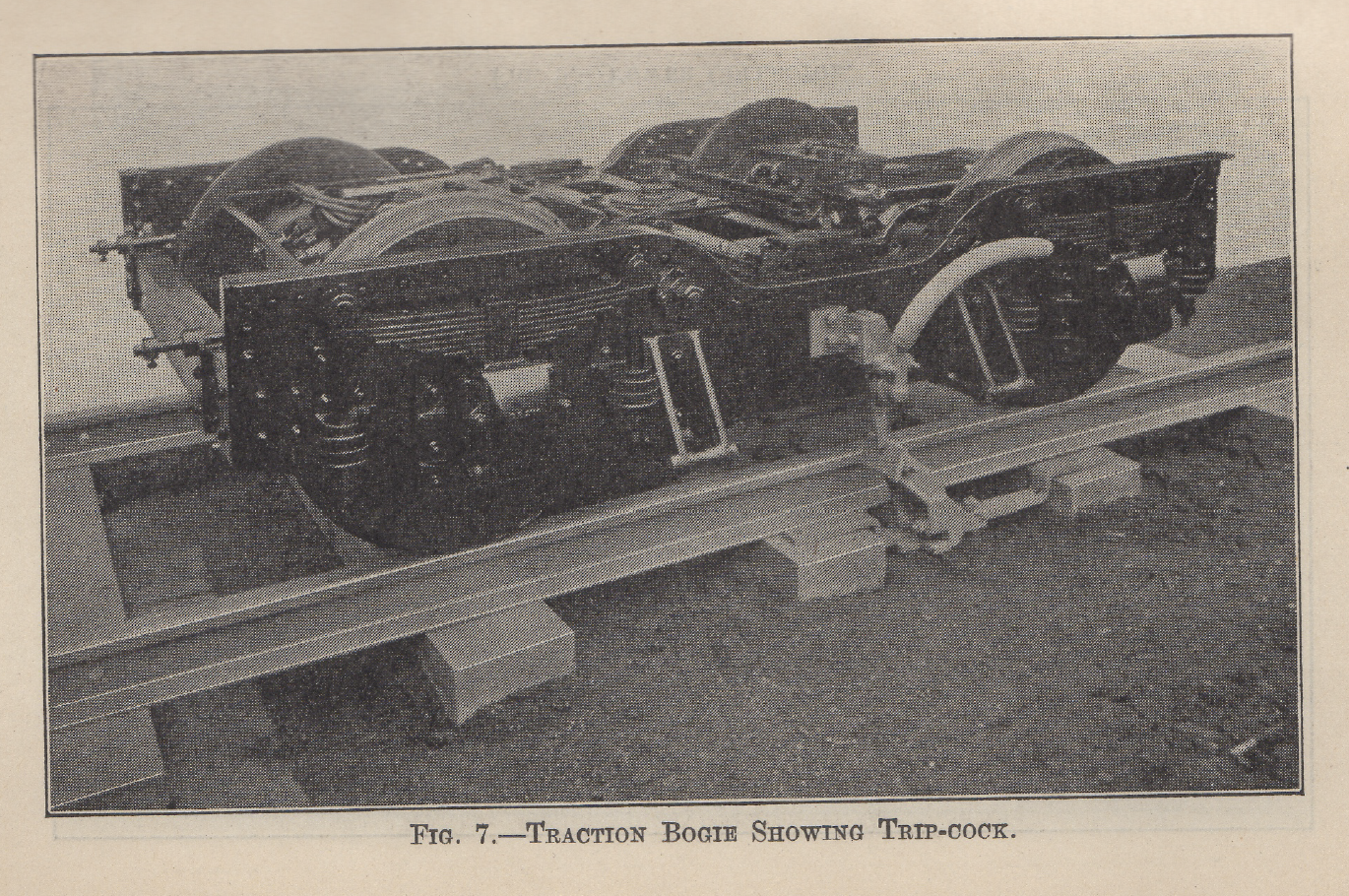
At the start of the Test car No 60 was used as it was the newest gripper car. The current wheelbase of 5ft was consider too small and the wheelbase was extended by 6inches and could take 2 60Hp motors. With the compressors not arriving until 1933 many of the subway cars were fitted with old tram compressors. A number of experiential runs over the test section with the final test on the 19th March loaded with 10 ton. The transport committee were given a demonstration run on 26th March and on the 5th April, they gave authority to electrify the whole network. After electrification the plan was to reduce the crew from 3 down to 2.
The transport committee agreed to seek Parliamentary approval for the GTC to borrow £100,000
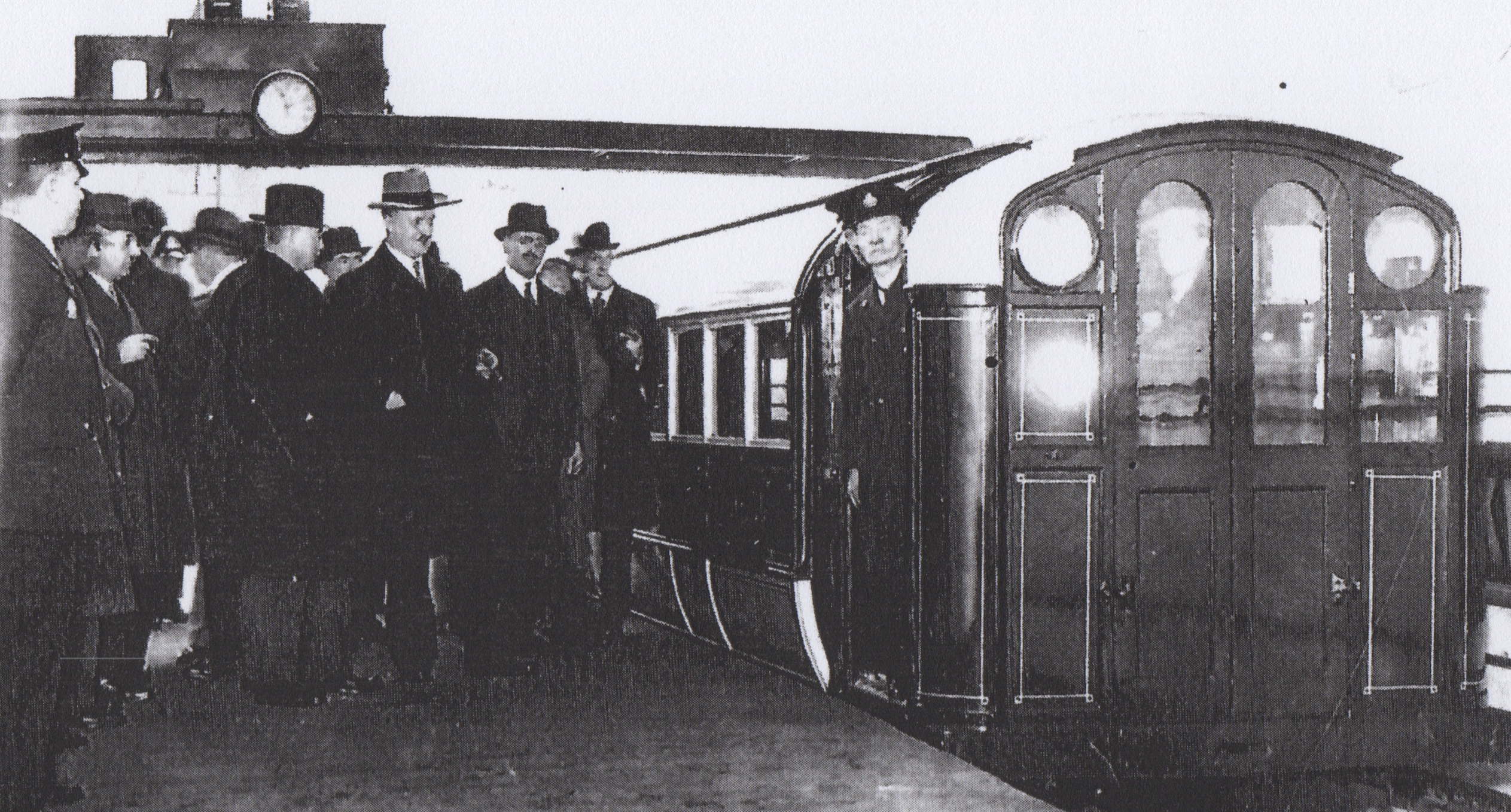
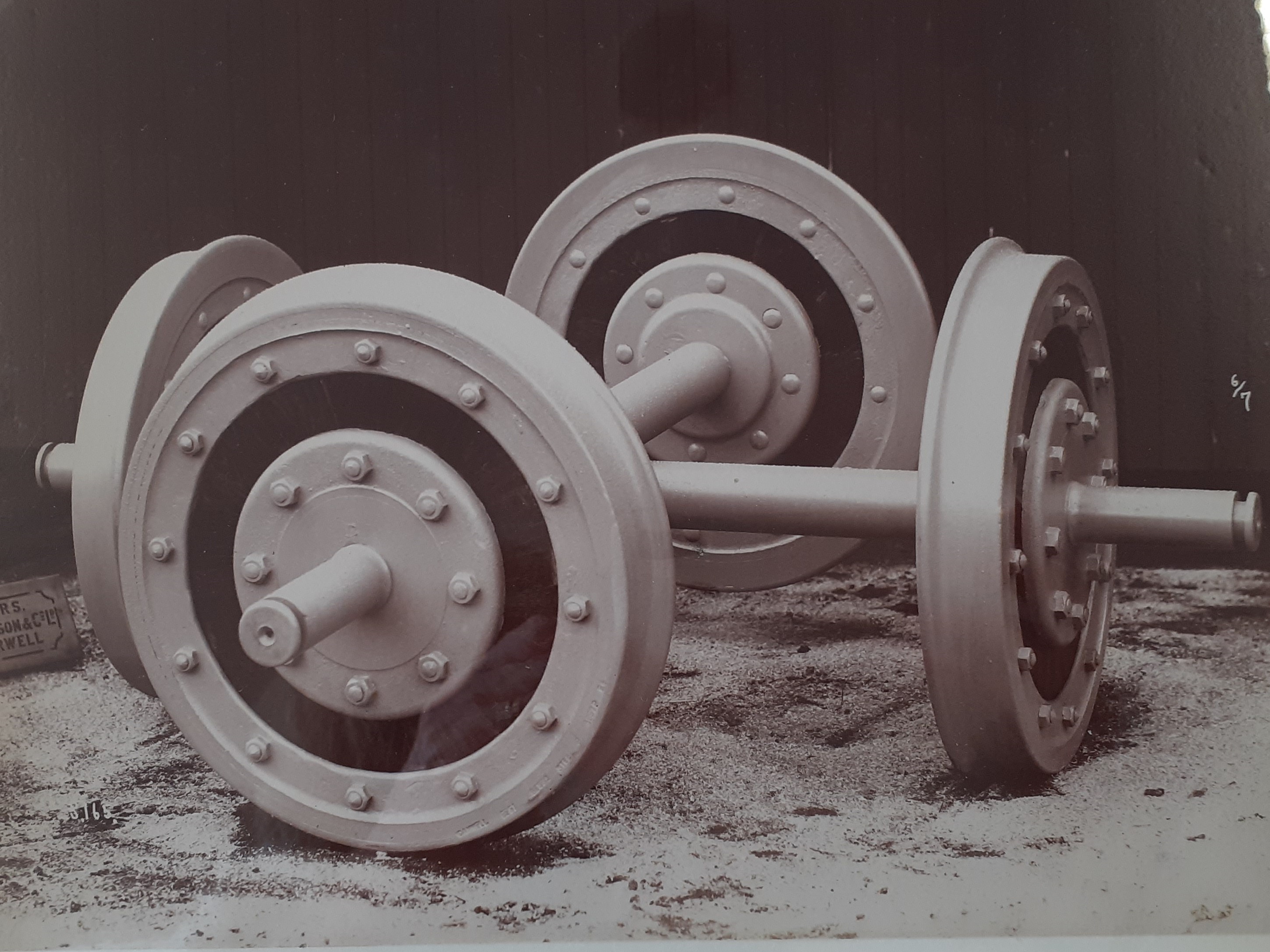
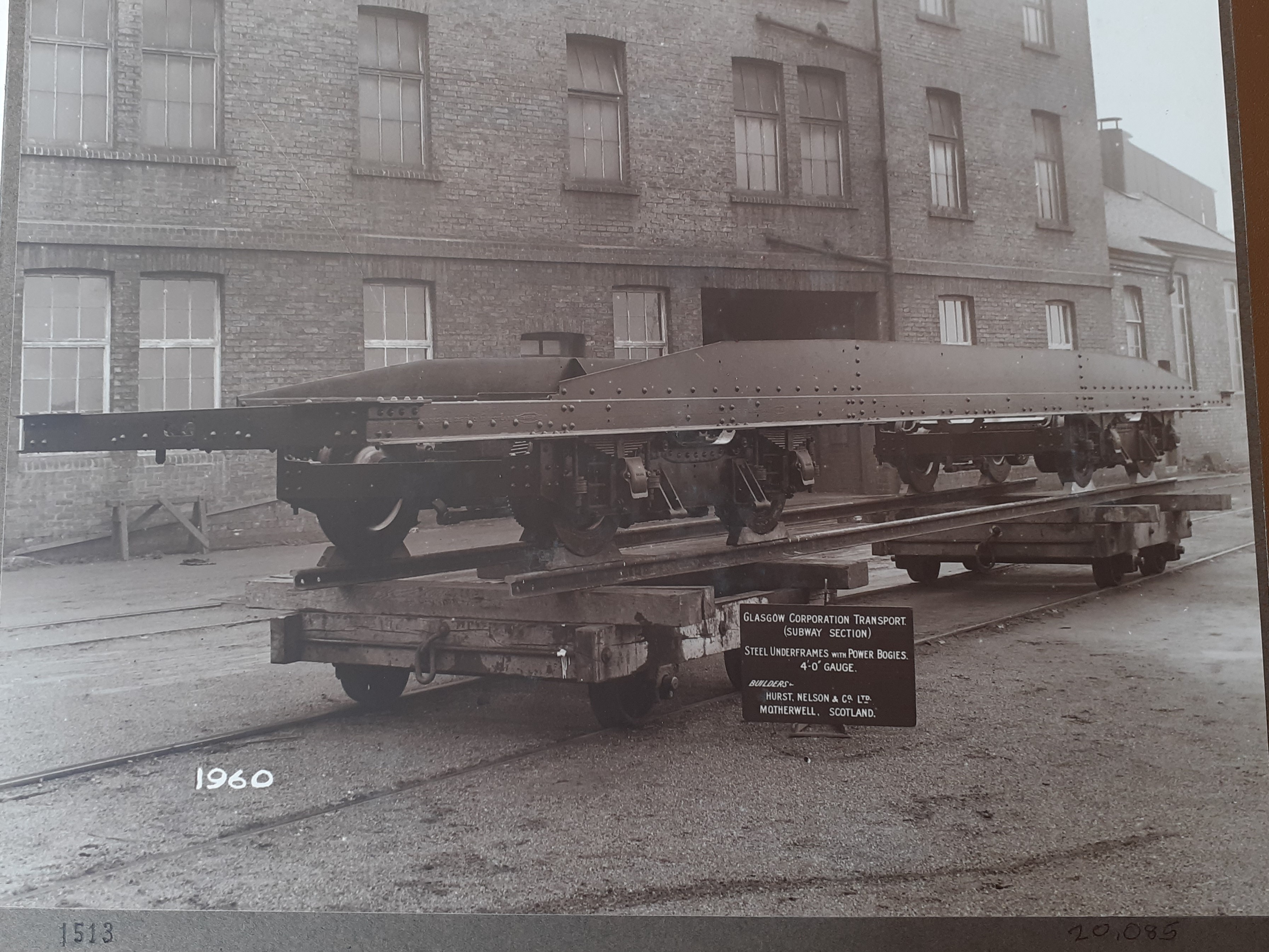
Converting the fleet
Between September 1933 and February 1934 Tenders were invited and orders placed for equipment to convert 19 cars to electric traction – the orders placed were:
No1 – 19 Steel underframes
No2 – 38 power bogies
No3 – Traction equipment
No4 – 20 sets of door equipment
No5 – 20 set of air brake equipment
In November 1933 Hurst Nelson of Motherwell was awarded the contract for the underframes and bogies at the price of £3,329 and 15s, Metropolitan-Vickers were awarded the contract for the traction equipment, the Westinghouse Brake and Saxby Signal and Co also received orders for brake equipment and air operated gates. As part of the conversion works templates and patterns were loaned to Hurst Nelson to assist with the conversion of the other cars.
The first refurbished equipment were delivered between March and October 1934, six underframes were delivered to Barrland Street Tramway Depot as room at the Subway Depot was limited
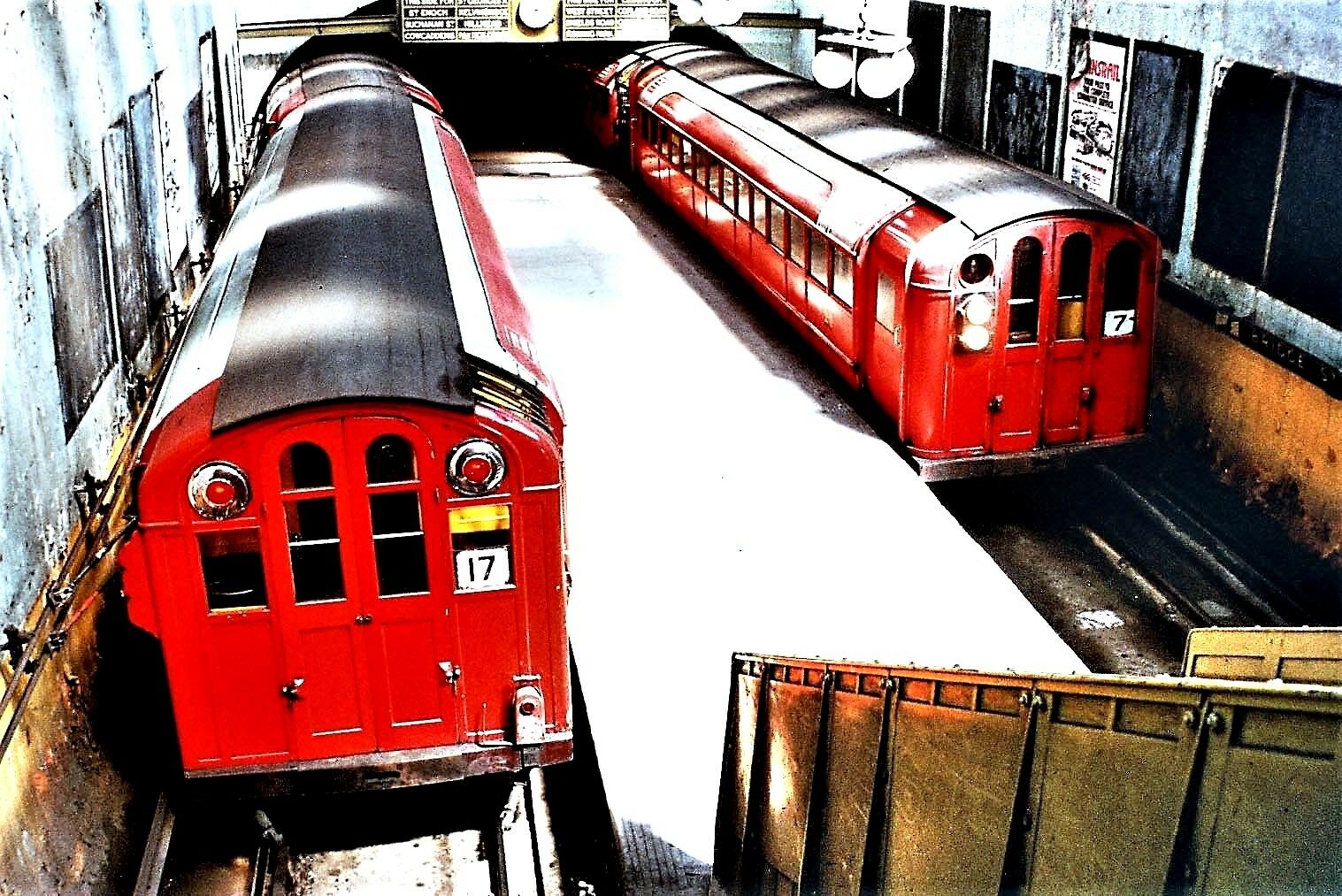

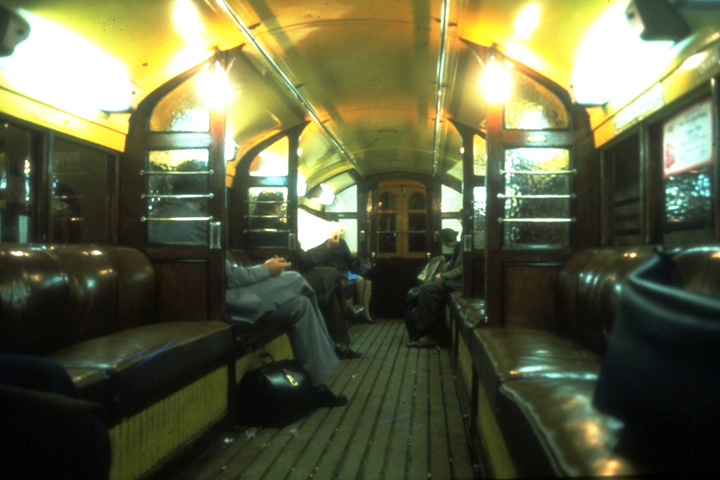
As part of the electrification of the Subway consideration was given to automatic signalling, the plan was it to work as follows
1 proving traction power
2 Upgrading the track
3 Automatic signalling with train stops
4 Improve safety on platforms
5 General improvements at stations
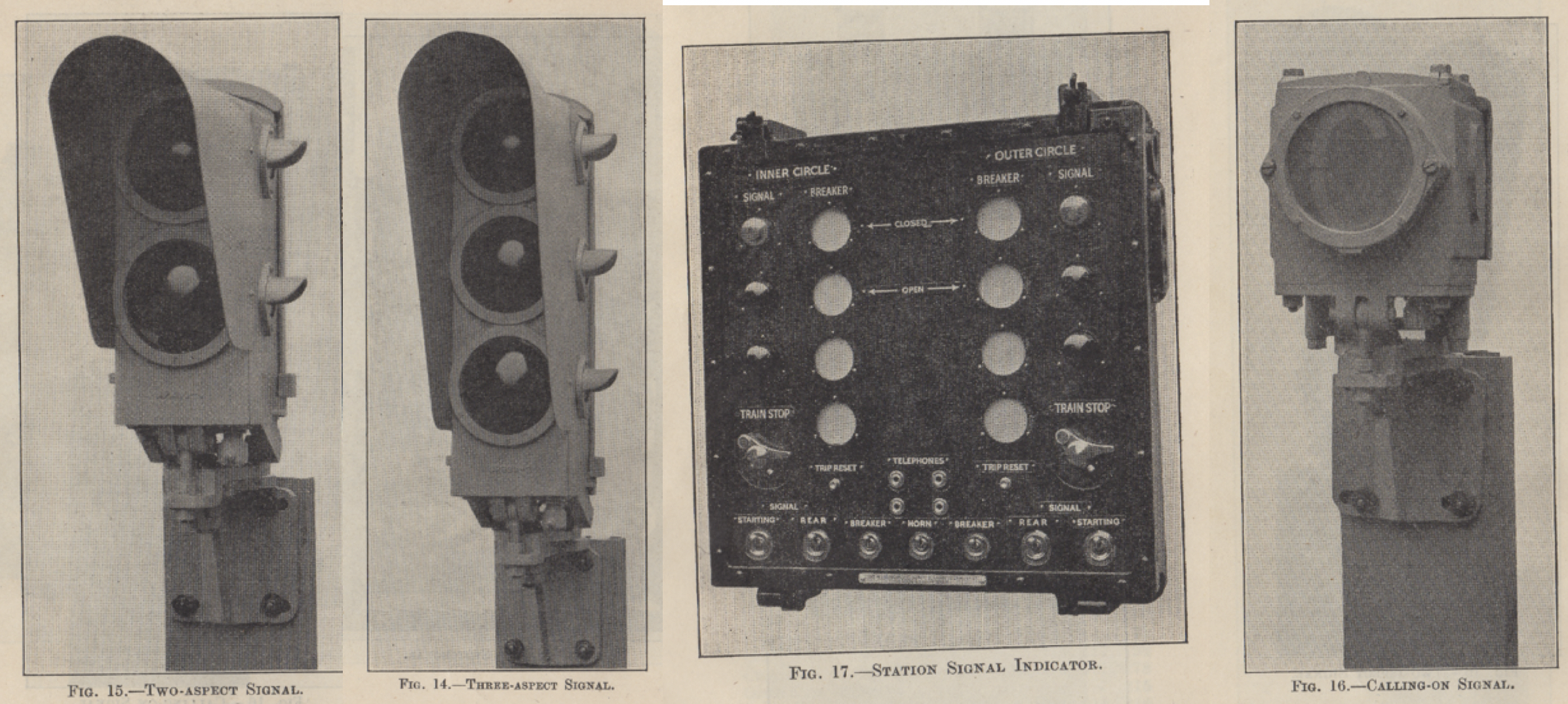
As part of the upgrades Power supply was delivered from the tramway sub-stations at Dalhousie Street, Kinning Park (Seaword Street) and Partick (Benalder Street) with Power from Pinkston Power Station, Cables were laid from the substation to green section boxes and then down to track level. On the 22nd November 1933 British Thomson-Houston were tasked to supple the station switchboards. Part of the panel was designed so that the tunnel telephone wires could be used to trip the power in an emergency
As part of the upgrades station platforms were resurfaced from wood to ferro-crete slabs and new station master/relay rooms were built. New roof mounted destination indicators were installed with a new clock with a master pendulum at Kinning Park

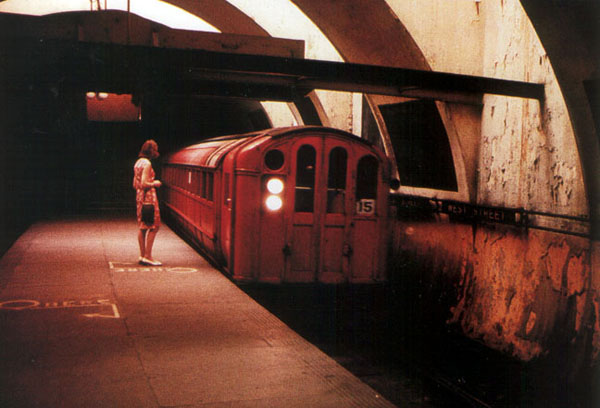
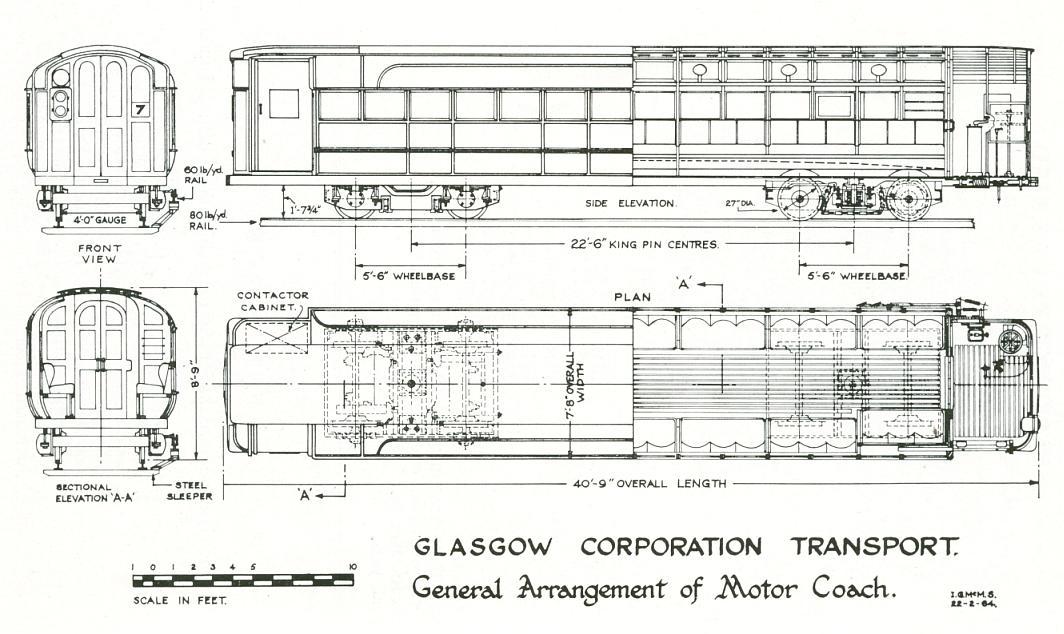
When the conversion of the cars started the system had to remain open, this meant that only a small number of cars could be removed from service and only 4 odd Numbered cars and 3 even Numbered cars along with car No 60 were selected and entered service on the 31st March 1935 with the first electric service (cars available for the first electric service were No 2, 3, 11, 12, 13, 15, 24, 25 and 60). With the Inner Circle service now started work then started on the outer Circle an extra 7 gripper cars were now available for the cable service and work started to convert the Outer circle and was complete by 1936. At the same time the system was renamed from Subway to Underground. In 1938 15 trailer and ex gripper cars were re-conditioned and some converted to motor cars and at the same time the battery locomotive was rebuilt. and by the end of 1938 all cars were now converted for electric operation
All images from STG archive – During the digitation of the photo archive, name of photographer went missing – if you are the photographer of any photo in this blog can you contact us on stgdisplay@gmail.com and we can give you credit to the photo – Some images From CultureNL Archives - Hurst Nelson and Co Collection